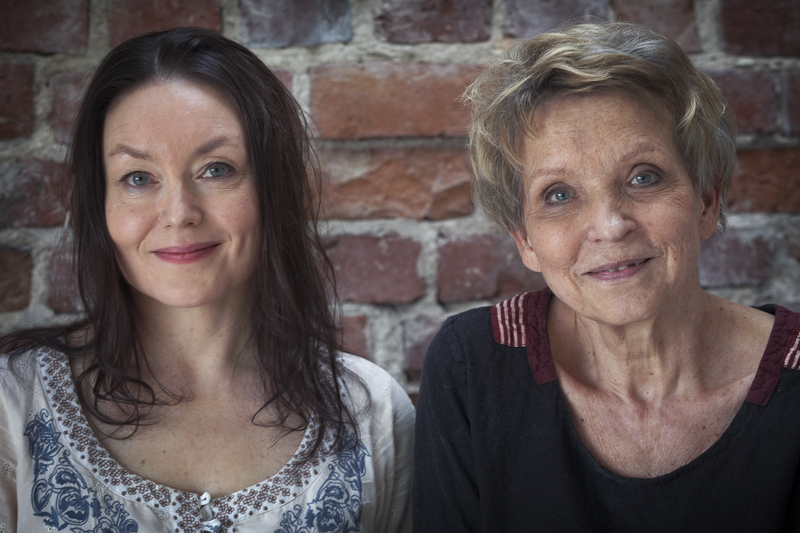Marjatta Levanto og Julia Vuori (ill.)

Leonardo oikealta vasemmalle (“Leonardo from right to left”, not translated into English) is a work of non-fiction about the universal genius of the Renaissance, Leonardo da Vinci (1452-1519), which does not underestimate but rather inspires its young audience. We don’t know much about da Vinci’s life, but through his working diaries and sketches we have still been able to piece together some accounts from the artist’s private life. Da Vinci was an animal lover and peace advocate who also loved to come up with the crowning moment of a party as well as a variety of soup dishes! The book’s title comes from da Vinci’s habit of always writing his texts in mirrored format, i.e. from right to left.
Marjatta Levanto already has an extensive life’s work behind her in the field of art books for children. Her ability to engage children with little or no prior knowledge in the numerous nuances within a single artwork is outstanding. Leonardo oikealta vasemmalle presents da Vinci’s key works. Levanto’s easily understandable text is lively and anything but dry, despite sticking strictly to the facts. The book is therefore highly suitable for art education in schools and as supplementary reading in art history.
In general, the work encourages younger readers to – like da Vinci himself – take an interest in a topic that is important to them. This means the book can be read as a grand statement in defence of creativity. For da Vinci, it wasn’t always the end result that mattered. He spent a lot of his time engaged in planning and thinking.
Clearly his original paintings, written notes, and the visual planning found in his sketchbooks were the most important to him. The layout and typography are incredibly well thought-out, while different types of texts have been sensitively separated out from one another by the use of different colours and transparent pages in order to illustrate how the sketches and ideas merge with each other.
Julia Vuori has worked with Levanto on several non-fiction books for children. She is renowned for her fairy-tale figures, which either make quirky comments on the artworks or live their own lives alongside them. It’s fair to say that Vuori brings this sublime visual art closer to everyday life in a form that is easily accessible to children. Leonardo da Vinci’s inventions include the robot, and the sympathetic tin man who figures in Vuori’s illustrations – who may also be viewed as da Vinci’s alter ego – makes his own investigations in the page margins.
Born in 1944, Marjatta Levanto is behind ground-breaking efforts in the field of museum pedagogy and art education. She has been publishing books on art education for children since the 1980s. In her non-fiction books about art education and art history for children, Levanto has highlighted the art of prominent Finnish artists Hugo Simberg and Eero Järnefelt, who were active at the turn of the twentieth century, as well as the collections at the Ateneum Art Museum in Helsinki and other Nordic art museums. From 2005 to 2008, Levanto was director of the Finnish Institute in Paris. Levanto’s awards include the Finnish State Prize for literature and children’s culture.
Born in 1968, Julia Vuori is an illustrator, graphic designer, and cartoonist. In addition to Levanto’s non-fiction books for children, Vuori has illustrated picture books and become renowned for her Sika figure (a little pig), who has been included as a cartoon character in the weekend supplement of Helsingin Sanomat and appeared in numerous children’s books. Vuori’s awards include the Finland Prize (Young Art), the State Children’s Culture Prize, and the Rudolf Koivu Prize for illustrators. Vuori is a second-generation illustrator. Her father, graphic designer and newspaper cartoonist Pekka Vuori, has also illustrated several books for children.